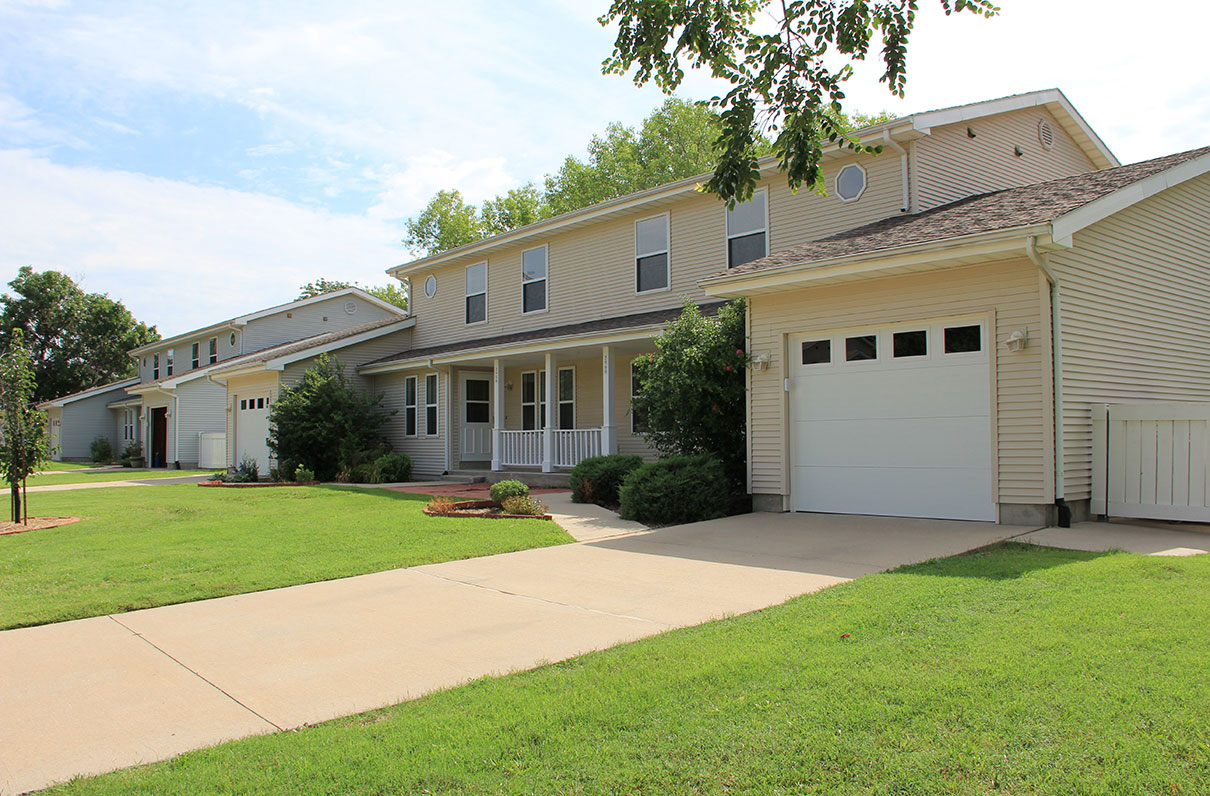There have been a string of news reports surrounding health and safety hazards on military base housing. Recent reports from Reuters recount thousands of children having high levels of lead in their blood, which can lead to developmental and other health issues. According to Air Force Times, 11 families at Keesler AFB, Miss., have filed lawsuits after toxic black mold spread through six of their homes. A federal jury recently awarded $350,000 to the family of a Marine who filed a lawsuit in 2011 against Mid Atlantic Military Family Communities for negligence in mold abatement. Additional lawsuits are expected, with at least 19 already filed against this company
A full 99 percent of DoD's domestic housing on military bases is part of the military housing privatization initiative (MHPI). This initiative, contracting out home construction and maintenance on military installations to private contractors, started as a pilot program in 1996, and has continued to this day in order to recapitalize and modernize base housing at a faster rate with lower overall costs than could be achieved by previous military construction programs
Scrutiny on these private contracting companies has increased for lack of regular maintenance, poor customer service, and putting families in homes jeopardizing their health and safety. Additional criticism has been directed toward the military services and the Office of the Assistant Secretary of Defense for Energy, Installations, and Environment, tasked with oversight of the private contractors.
Financial Shortfalls
A March 2018 GAO report on monitoring, reporting, and risk assessment of MHPI has flagged even more areas of concern that could potentially impact quality control and tenant satisfaction.
Major issues highlighted in the report include:
- Financial condition reports to Congress have been late and inconsistent.
- No military department has defined their risk tolerance, “the acceptable level of variation in performance relative to the objectives regarding future sustainability of the project.”
- Each service projects future financial shortfalls for a variety of reasons, including high utility costs and reduction in assigned personnel.
- Financial reports to Congress have been missing measures for future sustainability, which would inform members of Congress regarding financial conditions for major renovations and rebuilds.
Options to reduce expenses, cited by military departments and contractors, included measures that would potentially reduce the quality of housing and increase health and safety hazards. For example, projects could reduce or eliminate services such as landscaping or a 24-hour service desk and defer routine maintenance. The GAO report recounts that “when Nellis Air Force Base in Nevada was facing cash flow challenges, officials told us that the project curtailed its preventative maintenance program that includes the inspection and repair of heating, ventilation, and air conditioning systems; water heaters; plumbing and plumbing fixtures; roofs; and carpeting.”
Deferring routine maintenance can create problems such as mold, dangerous inconsistencies in heating and cooling, and leaks that can directly affect the health and well-being of servicemembers and their families.
Government Response
Responses from installation commanders, the military services, and the administration have been immediate but lack rigor in plans and actions.
At Fort Benning, Ga., families have been made aware of lead paint in historic homes and provided a number to call to report chipping paint. However, this does not address damages done to an individual's health, how to avoid lead paint that might be present in finer dust particles, or other health issues and project oversight.
The Department of the Army announced it will be testing 40,000 pre-1978 homes for lead paint and temporary or permanently relocating families to homes without lead hazards. Reuters estimates the cost to be $386 million to compete this testing. It is unclear how long this activity could take or how the work will be funded.
With Congress largely unaware and surprised by these reports, eight senators successfully pushed for amendments to the defense appropriations bill calling for the GAO to study how the military handles lead poisoning risks. The legislation also requires children to be tested for lead exposure at their one-year and two-year physical exams. However, lead paint exposure can affect the health and development of children of all ages, as well as women who are pregnant.
At his latest news briefing, Secretary of Defense Jim Mattis was asked about reports of lead paint hazards in military base housing and answered, “Part of the way we make a more lethal force is by ensuring the troops aren't worried about their families back at home. So this is - this is a moral obligation we have to the families to provide safe lodging, obviously, for them. … I have absolute faith the Army's moving on this quickly. I spoke to the secretary of the Army this morning about this very issue. So they're - they're moving on it.”
The responses from government officials largely have focused on lead paint because of news reports on this particular issue. However, no one has yet addressed other prevalent health issues stemming from on-base housing, or systemic issues within MHPI, to provide sufficient oversight and preventive maintenance to combat these hazards.
The problems with on-base housing don't stop with lead paint hazards. MOAA is actively seeking information and potential solutions across the broad spectrum of concerns to ensure the health and safety of military families.
Do you live, or have you ever lived, in contracted base housing? Share your thoughts and experiences with MOAA via email to legis@moaa.org.
